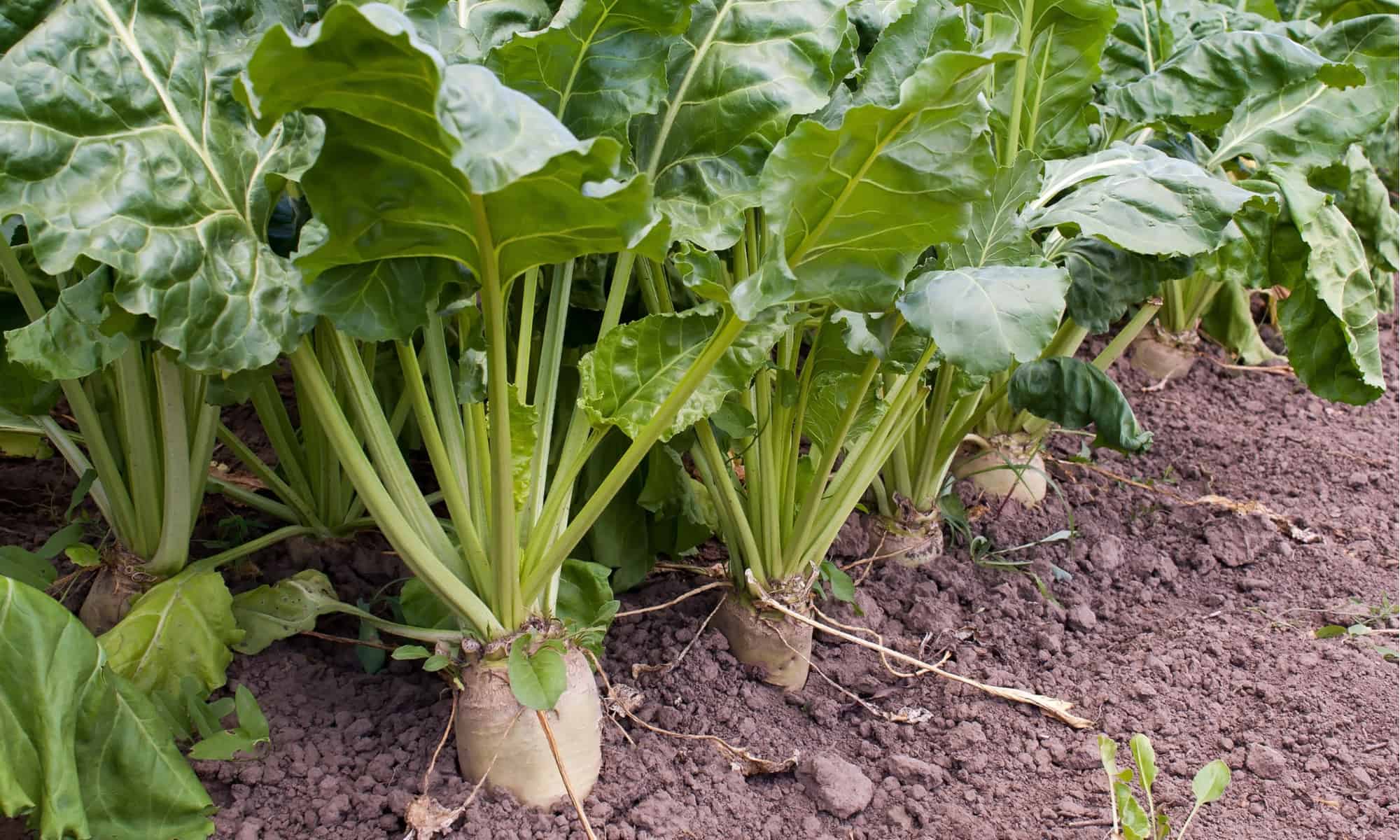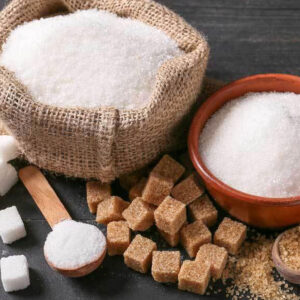The debate on beet sugar vs cane sugar often is about processing methods and composition.
The debate on beet sugar vs cane sugar often is about processing methods and composition.
Blog Article
Discover the Uses and Conveniences of Beet Sugar Vs Cane Sugar in Your Daily Diet
Exploring the unique qualities of beet and cane sugar exposes even more than simply their sweetening capacities; it highlights their unique impacts on health and wellness and cookeries. Beet sugar, known for its subtle flavor, is typically preferred in fragile treats, whereas cane sugar, with its tip of molasses, includes splendor to durable recipes. Each type holds its own dietary account and glycemic effects, welcoming a much deeper understanding of their roles in a well balanced diet plan and lasting consumption practices.
Beginning and Production Processes of Beet and Cane Sugar

The distinctive climates and soil types needed for expanding sugar beets and sugarcane add to distinctions in their growing practices and geographical distribution, affecting the economics and sustainability of their production. beet sugar vs cane sugar.
Nutritional Contrast Between Beet Sugar and Cane Sugar
Despite stemming from different plants, beet sugar and cane sugar are nutritionally really comparable, both mostly consisting of sucrose. Each provides regarding 4 calories per gram, translating to about 16 calories per teaspoon. Structurally, both sugars are made up of approximately 99.95% sucrose, with minimal quantities of various other compounds like dampness and trace element, which do not significantly change their nutritional accounts.

Inevitably, when choosing between beet sugar and cane sugar based upon nutritional web content alone, both deal similar advantages and drawbacks as they are basically forms of the exact same particle-- sucrose, offering fast power without other nutrients.
Influence On Wellness: Glycemic Index and Caloric Content
Checking out additionally right into the results of beet sugar and cane sugar on wellness, it is necessary to consider their glycemic index and caloric material. Both sugars are categorized as sucrose, which includes sugar and fructose. This make-up leads them to have a comparable impact on blood glucose degrees. The glycemic index (GI) of both beet and cane sugar is around 65, classifying them as high-GI foods, which can trigger fast spikes in blood sugar degrees. This is a crucial aspect for individuals managing diabetes or those trying to support their energy levels throughout the day.
Each kind of sugar includes about 4 calories per gram, making their calorie material equivalent. For those checking calorie intake, specifically when handling weight or metabolic health problems, comprehending this equivalence is important (beet sugar vs cane sugar). However, excessive consumption of any kind of high-calorie, high-GI food can add to health concerns such as weight problems, cardiovascular disease, and insulin resistance.
Environmental and Economic Considerations of Sugar Manufacturing
Beyond Recommended Reading wellness impacts, go now the manufacturing of beet and cane sugar likewise increases substantial environmental and financial worries. Sugar beet cultivation tends to need cooler environments and has a lower geographical impact contrasted to sugar cane, which flourishes in exotic regions. Nonetheless, both crops are extensive in regards to water usage and land profession, possibly causing logging and water shortage. Financially, the international sugar market is very unpredictable, affected by adjustments in international profession plans and aids. Numerous countries incentivize sugar manufacturing via financial backing, skewing market value and influencing small-scale farmers negatively.
Additionally, the use of pesticides and fertilizers in both beet and cane sugar growing can cause dirt deterioration and contamination, additional affecting biodiversity and regional water bodies (beet sugar vs cane sugar). The option in between growing sugar beet or cane typically depends upon neighborhood ecological conditions and economic factors, making the sustainability of sugar production a complex concern
Culinary Applications and Taste Distinctions
While the ecological and financial facets of sugar manufacturing are certainly significant, the selection between beet and cane sugar also influences cooking applications and flavor accounts. Beet sugar, obtained from the sugar beet plant, is known for its extremely neutral taste.
Walking cane sugar, extracted from sugarcane, typically maintains molasses traces, which present a distinctive richness and deepness. The mild variation in moisture material in between beet and cane sugar can influence the appearance and uniformity of recipes, making cane sugar a favored selection for specific recipes that benefit from its unique homes.

Verdict
In verdict, both beet and cane sugar have distinctive beginnings and production procedures, using similar nutritional accounts with mild differences in sodium web content Full Article and flavor. While their effect on health, specifically pertaining to glycemic index and calories, is equivalent, the option between them often steams down to ecological, financial factors, and details culinary demands. Comprehending these aspects can lead consumers in making educated decisions that straighten with their health and wellness goals and taste preferences.
Report this page